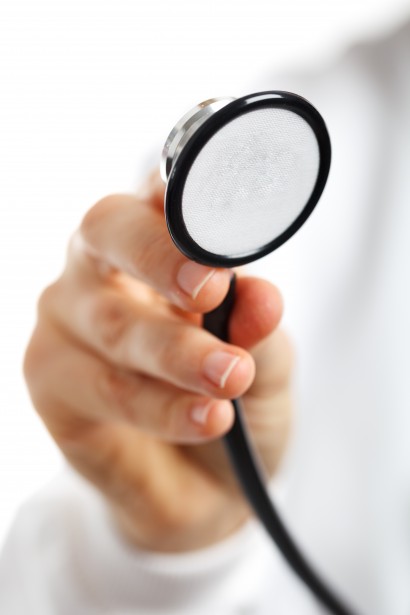

Feline acne develops in the sebaceous glands on the underside of the chin and edges of the lips. Blockage of skin pores by excess sebum or keratin is a predisposing cause. It is more common in cats with oily skin. It is not analogous to acne in people.
Feline acne is identified by finding blackheads or pimplelike bumps that come to a head and drain pus. Swelling of the entire chin and lower lips may be seen in severe cases.
A similar condition can be caused by an allergic reaction to rubber or plastic food and water bowls. In those cases, simply changing to stainless steel or ceramic dishes will clear up the condition.
Treatment: The infection usually responds to cleansing of the skin twice a day with an ointment or gel containing 2.5 to 5 percent benzoyl peroxide (OxyDex), chlorhexidine (Nolvasan) or povidone-iodine (Betadine). When excess sebum is a factor, the skin should be cleansed with a medicated shampoo for cats. An extensive or deep infection may require antibiotics. Because the underlying problem remains the same, acne often recurs when treatment is stopped. Some cats do better if switched from a wet to a dry food, or if the owner cleans their chin after every meal.
This article is excerpted from “ Cat Owner’s Home Veterinary Handbook” with permission from Wiley Publishing, Inc.
 Asthma in Cats (Feline Allergic Bronchitis)
Asthma is a hypersensitivity to environmental all
Asthma in Cats (Feline Allergic Bronchitis)
Asthma is a hypersensitivity to environmental all
 Acute Moist Dermatitis (Hot Spots) in Dogs
A hot spot is a warm, painful, swollen patch of s
Acute Moist Dermatitis (Hot Spots) in Dogs
A hot spot is a warm, painful, swollen patch of s
 Anesthesia for Cats
Anesthetics are drugs used to block the sensation
Anesthesia for Cats
Anesthetics are drugs used to block the sensation
 Blood Count and Urinalysis for Dogs
At some time in your dogs life, it is highly like
Blood Count and Urinalysis for Dogs
At some time in your dogs life, it is highly like
 A Look At Realistic Advice Of Health Insurance
4 Disclaimer For more information kindly visit : Trends a
A Look At Realistic Advice Of Health Insurance
4 Disclaimer For more information kindly visit : Trends a
Copyright © 2005-2016 Pet Information All Rights Reserved
Contact us: www162date@outlook.com